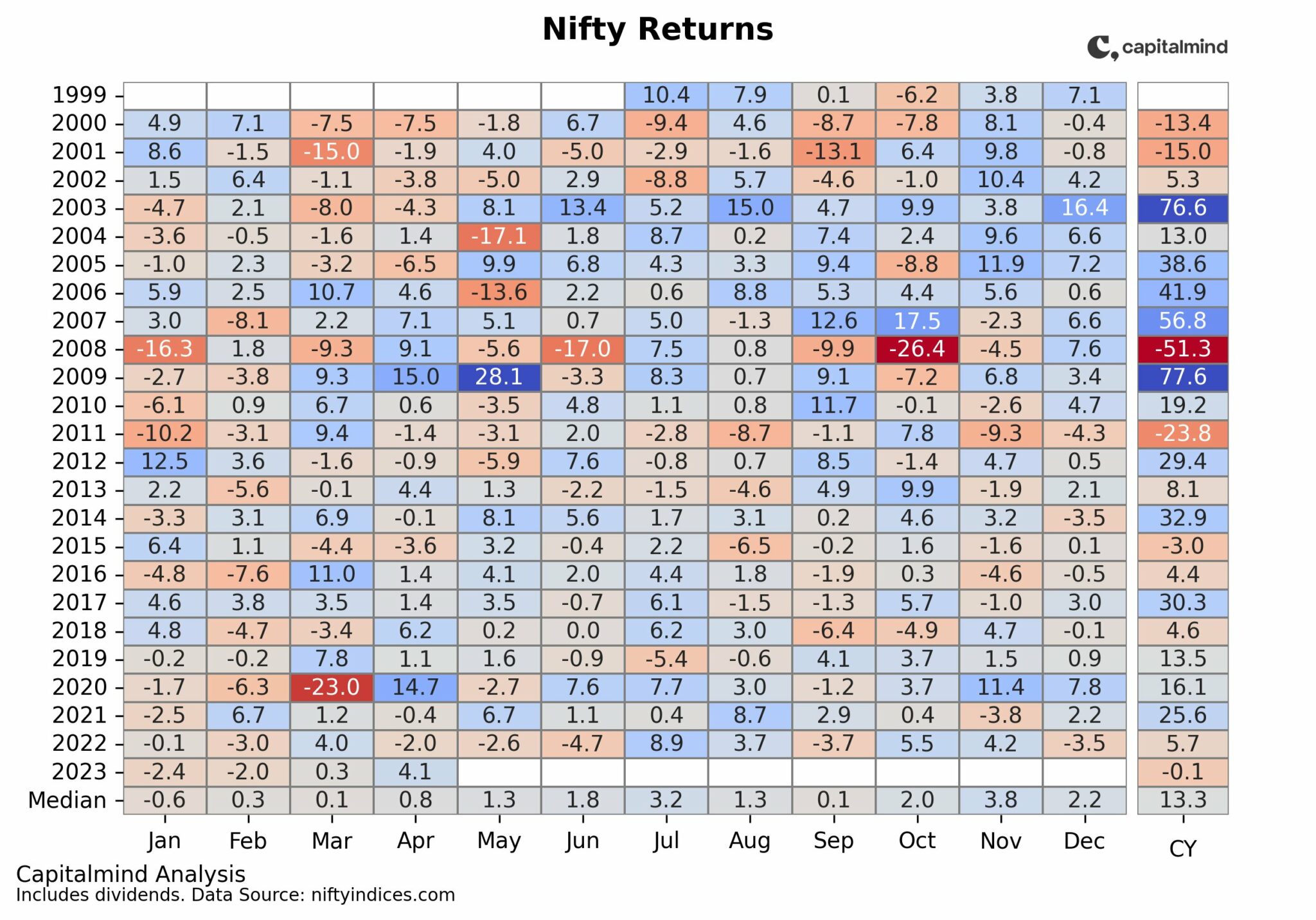
We bring you our monthly report on the automobile sales for the month of January, 2017. You can catch all the January Sales here. You can also find all the coverage in relation to the automobile sector here.

Here is how Faisal Khan, Editor, MotorBeam.com describes the 2017 Maruti Swift:
The 2017 Maruti Swift does remind me of many cars as the design of India’s best-selling hatchback gets evolved in its third generation. The front grille reminds me of the Jaguar F-Type while the hood is similar to the Fiat Punto Evo and the headlights have a similar flow as the Hyundai Elite i20. The side seems to be inspired from the MINI Cooper while the rear will surely confuse people with the Toyota Etios Liva but we can see the design has been influenced from Suzuki’s own Baleno hatchback. The design of the rear door handles are similar to the Chevrolet Beat. That’s a lot of cars in the all new Maruti Swift.

Japanese version of compact SUV Suzuki Jimny will be christened as Gypsy in early 2018. The Gypsy would come with the 1.0 litre Boosterjet motor (same as the Baleno RS in 2017). Also leaked stands WagonR and the WagonR Stingray will be launched in India by the end of 2017.
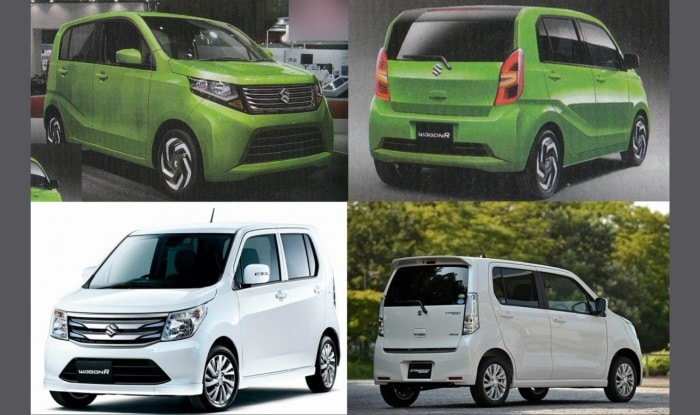
Maruti also reported that the company has posted highest ever retail sales in the month of December at 1.82 lakh units. This was confirmed by R S Kalsi, Executive Director, Sales and Marketing who said:
We definitely had the best retail sales last month backed by our efforts to counter the impact of demonetization and various schemes for corporates, rural areas etc.
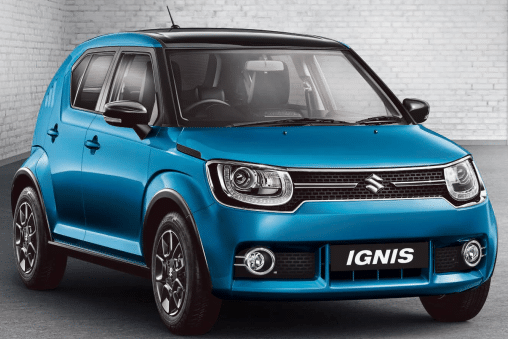
Funky, fun, youthful, pricey…this is how Autocar India describes the car – something that isn’t expected out of a Maruti production line (The people at Suzuki New Zealand are describing the new Ignis as a super compact SUV). You can catch the in detail review of the new launch here by Economic Times, India Today, The Hindu.
Within a few days of the launch which took place on the 13th January, 2017 – Maruti received 6,000 bookings within 11 days of the launch which meant a waiting period in the range of 4-6 weeks. At 20 days since launch, RS Kalsi, Executive Director, Maruti Suzuki India said that the company has received over 10,000 bookings.
To be manufactured only at its Gurgaon plant, the model has been developed at an expense of at least Rs. 950 crore and has a 98.5% localization of parts. The car will be sold as part of the company’s premium dealership i.e. the Nexa Brand Outlet (which also sells the S-Cross and Baleno). Nexa is being built at a cost of Rs. 2,000 crore with each dealership contributing close to 5 crore in building the infrastructure, stockyards and promotion of the showrooms.
While the Ignis may improve the company’s market share in the sub 4 metre segment, the surging demand for Ignis will only strengthen the company’s books since this also puts pressure on the backlog of Baleno and Brezza which as of 25th January has a 24 weeks and 18 weeks respectively. On Ignis the latest backlog is for 8-10 weeks and Maruti is targeting 21,000 units to be produced until March. Catch all features and details of the car here. Ignis has also been launched in Australia as a “light SUV” as the company tries to attract first time buyers to its brand. Suzuki Australia anticipating sales of up to 400 units a month for the Japanese-built car.
Kenichi Ayukawa, Managing Director of Maruti Suzuki commented on the Nexa and Ignis:
Ignis combines unconventional design, seamless smartphone experience, auto gear shift, advanced safety features and personalization options. It will help us expand our presence in the premium compact segment. We are aware that the life and priorities of our customers are fast evolving. If we have to keep pace, we must demolish traditional categories and think afresh. Just like the customer is thinking.

Maruti on 30th January, issued a press release stating that the company had now inaugurated its 200th Nexa showroom which marks its presence in is now present in 121 cities and has already sold (sells premium cross-over S-Cross; premium hatchback Baleno; and premium urban compact Ignis) over 1,85,000 vehicles since its inception.
The company added that the 200th Nexa showroom in Hyderabad – NEXA LB Nagar (Kalyani Motors). Inaugurating the 200th NEXA showroom, Mr. R S Kalsi, Executive Director (Marketing & Sales), Maruti Suzuki India Limited said:
Maruti Suzuki plans to expand the number of Nexa outlets to 250 by end of FY 2016-17. With regard to long term plan, by 2020 we are planning around 400 Nexa outlets. The new Baleno RS model would be introduced through the Nexa channel within this fiscal year.
Our own analysis of the list of showrooms published on the company’s site reveals that the company as of 31st January had a total of 196 showrooms including the above inaugurated 200th showroom with presence in 116 cities against the stated 121 cities.
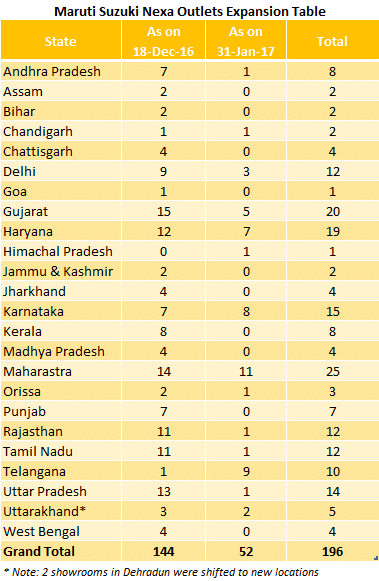
Here is how the company has spread it Nexa network in a span of a month and half:
- Gujarat and Maharashtra have witnessed Nexa additions at 20 and 25 new outlets.
- Presence has been made only in 24 states with 11 states not witnessing any new dealerships while 13 states witnessed new additions in the range of 1-11 new outlets.
- Newly entered markets include Mandi in Himachal Pradesh, Rourkela in Orissa along with 9 new outlets just in the state of Telangana.
On Gujarat production – Toshihiro Suzuki, President of Suzuki Motor Corporation said that the Gujarat plant will start production from February, 2017 and the capacity for future will be expanded to 750,000 units. Closer home in the 3Q earnings call – the management team of the Indian arm confirmed that Gujarat will start in current quarter with another 6 months to enhance capacity. Chairman RC Bhargava also confirmed that the first unit in Gujarat will start production and sale of cars by next month.
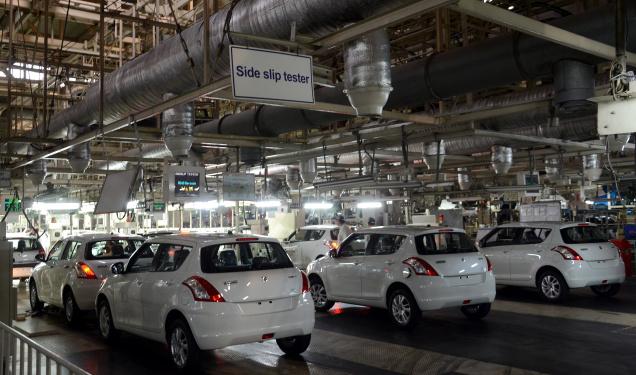
With 2 days to the closure of the month, Maruti announced a price hike that was pending for a long time since competitors had already raised their product prices starting January and Maruti confirmed the pinch due to hike in raw material prices during 3Q. Citing demonetization impact, the company had not found it reasonable to pass on the costs to the customer in November or December. The price hike which comes into effect immediately is in the range of Rs. 1,500/- to Rs. 8,014/- citing the reason “increase in commodity, transportation and administrative costs”. The previous price hike was in August, 2016 when prices were increased in the range of Rs. 1,500/- to Rs. 5,000/- with Baleno price hike by Rs. 10,000/- and Brezza by Rs. 20,000/-.
Maruti also launched the VXi+ variant of its Wagon R a day before the price hike. The WagonR VXi+ comes with Dual Airbags, Anti-Lock braking System with Electronic brake – force distribution system, as optional.
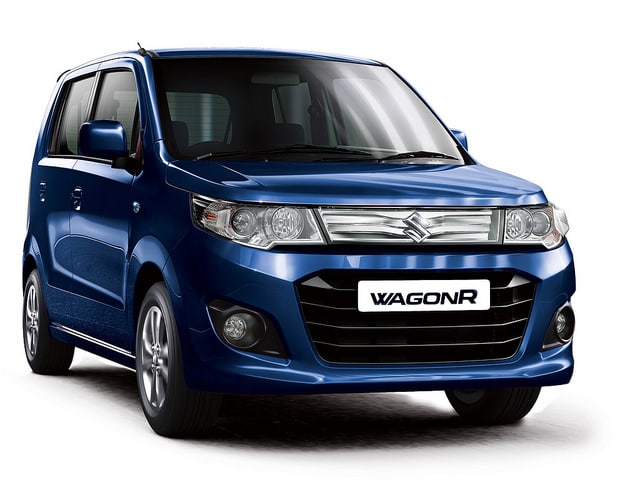
Rumors are also abound that Suzuki will launch the India made Ciaz as they have been recently seen in the Pakistan – mostly in February, 2017. Also due to low demand, Maruti is has discontinued sales of the premium crossover S-Cross in its lower variants. This was confirmed by the company’s spokesperson who said:
In this segment (1.6 litre engine), customers go for highest trim that has all the features. Therefore, it is business prudence to keep the number of variants at an optimum level in line with customers’ requirements. Every brand has a specific role in the overall portfolio. While some are mass models that sell in big numbers, others may not sell as much as a mass model but contribute to the overall brand objectives of the company for the medium and long term.
On the sales front, Maruti Suzuki reported sales of 144,396 units in January, 2017 against 113,606 units during the same time last year resulting in a growth of 27.1%
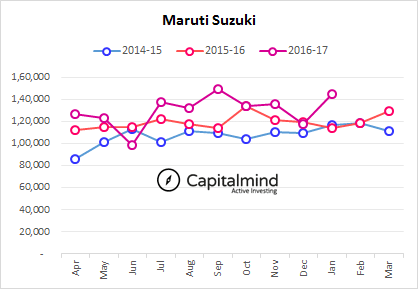
- Sales of SUV driven by Brezza, S-Cross and Ertiga stood at 16,313 units against 8,114 units.
- Domestic Sales stood at 1.33 lakh units against 1.06 lakh units
- Exports stood at 10,462 units against 7,223 units resulting in a growth of 44.8%
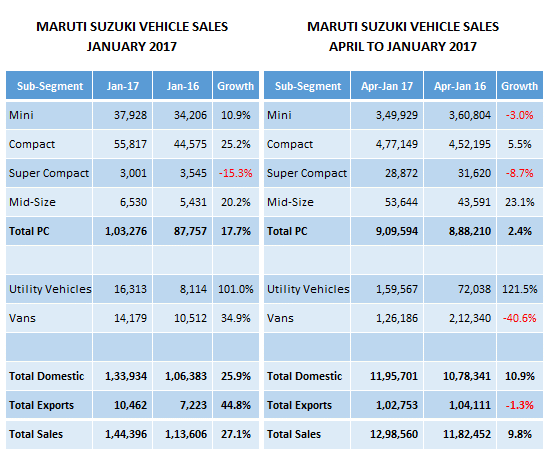
While our regular chart based coverage of Maruti’s Q3 results is awaited (we ourselves are waiting for some numbers from the company), here is a short summary:
- Sales Volume growth stood at 3.87 lakh units against 3.74 lakh units
- Profit After Tax bumped from Rs. 1,183 crore to Rs. 1,744 crore – a 47% jump
- Material Cost to Net Sales : Higher by 60 bps on account of adverse forex impact, increased raw material cost which were partially offset by lower discounts and some cost reduction efforts.
- Other Expenses to Net Sales : Lower by 150 bps on account of lower power & fuel expenses and lower advertisement & sales promotions.
- Change in amortization policy of dies led to 110 bps drop in Depreciation to Net Sales
Here are the excerpts from the Earnings Call:
- Outlook for export sales remains on course to achieve 1,24,000 units (April to December, 2016 stood at 92,291 units). Gujarat plant production target on track with commercial production kicking off within the current quarter (250,000 units in the first phase).
- Royalty payments for Ignis would be on the new platform which is Rupee linked and not Yen linked. Ignis target group of 18-25 years is being achieved which already has a order backlog of 8-10 weeks. Baleno order backlog currently stands at 24 weeks while the SUV Brezza has a lower backlog at 18 weeks. Rs. 1,800 crore of the Rs. 3,500 capex for FY17 has been spent on New model introductions and anything in the range of Rs. 700 to Rs. 800 crore has been spent on maintenance which will go higher in the future as both Manesar and Gurgaon plants would require higher refurbishments as they have grown close to 30 years old.
- Discounts for Q3 stood at Rs. 19,048 against Rs. 17,500 in Q3 last year or Rs. 16,100 in Q2 this year. Company did not take any price increase in January since the the market did not deserve a price increase yet. Other income reduction this quarter is attributed to a higher amount last time and hence the drop. Normalized other income from capital gains is Rs. 100 crore per month.
- Commodity price impact from last year to this year has been 110 bps and much of the impact has been absorbed this quarter (Q3) itself.
- Spurt in purchases by government employees in FY17 as they now constitute 20% of the sales – up from 15% earlier. Salaried employees constitute close to 40% of the sales while premium cars are generally dominated by businessmen. MSILs 80% sales are financed while the remaining 20% comes from direct payment through NEFT/ Cheque/ Cash etc.
Note: Sales numbers presented here are manufacturer reported sales numbers i.e. factory dispatches to dealerships. They are NOT retail sales figures to end customers.
Love it or hate it, do leave us with your reviews in the comment section below!



